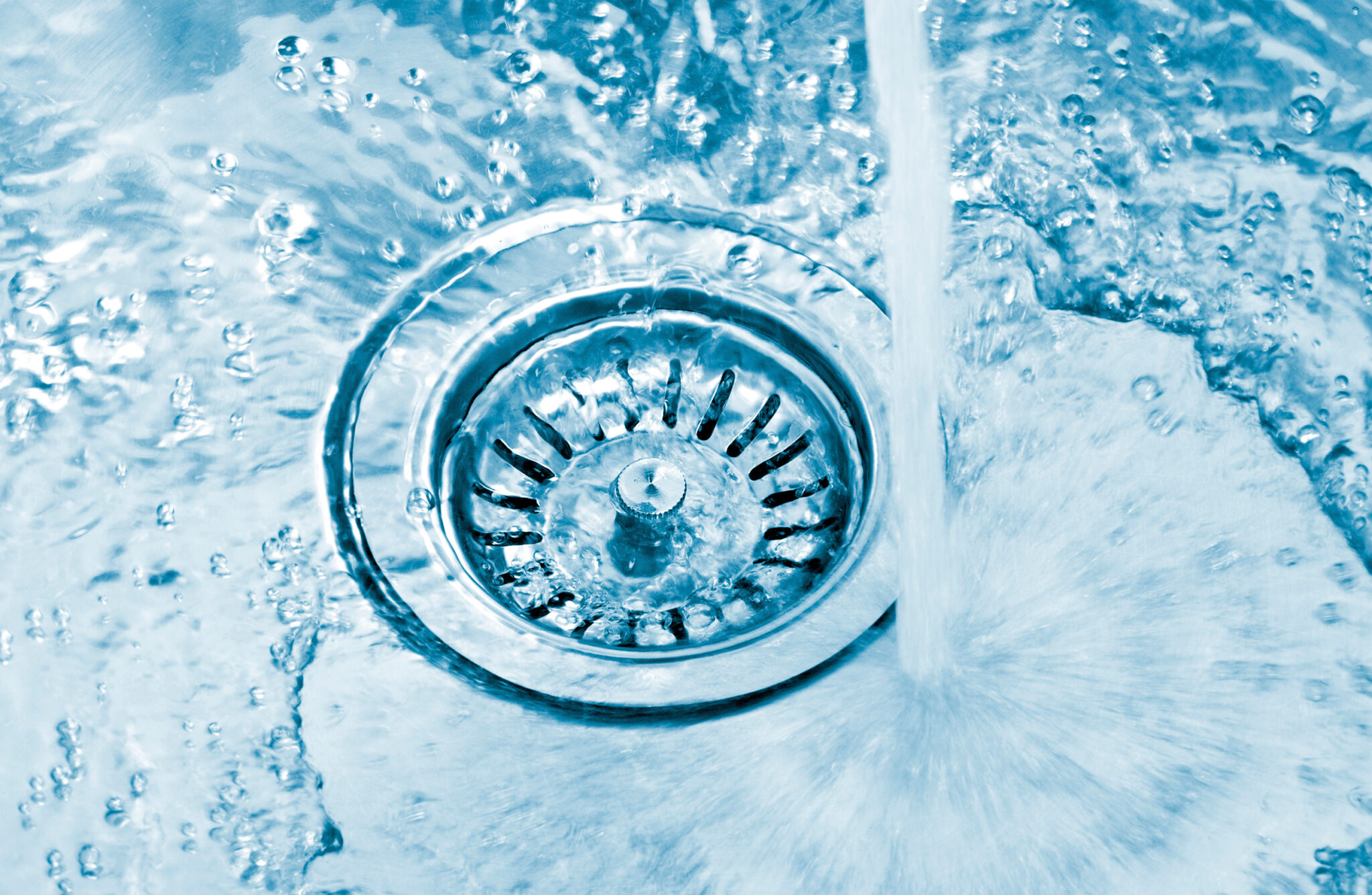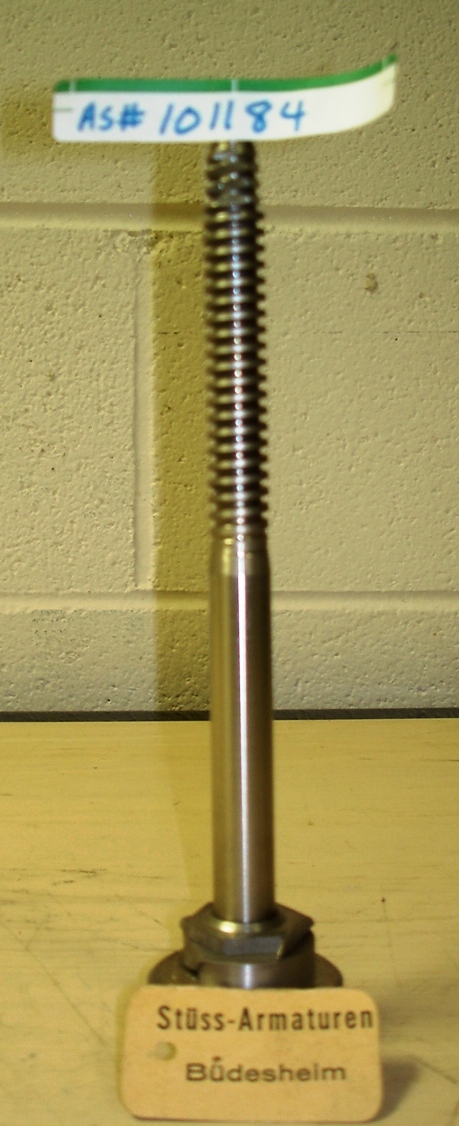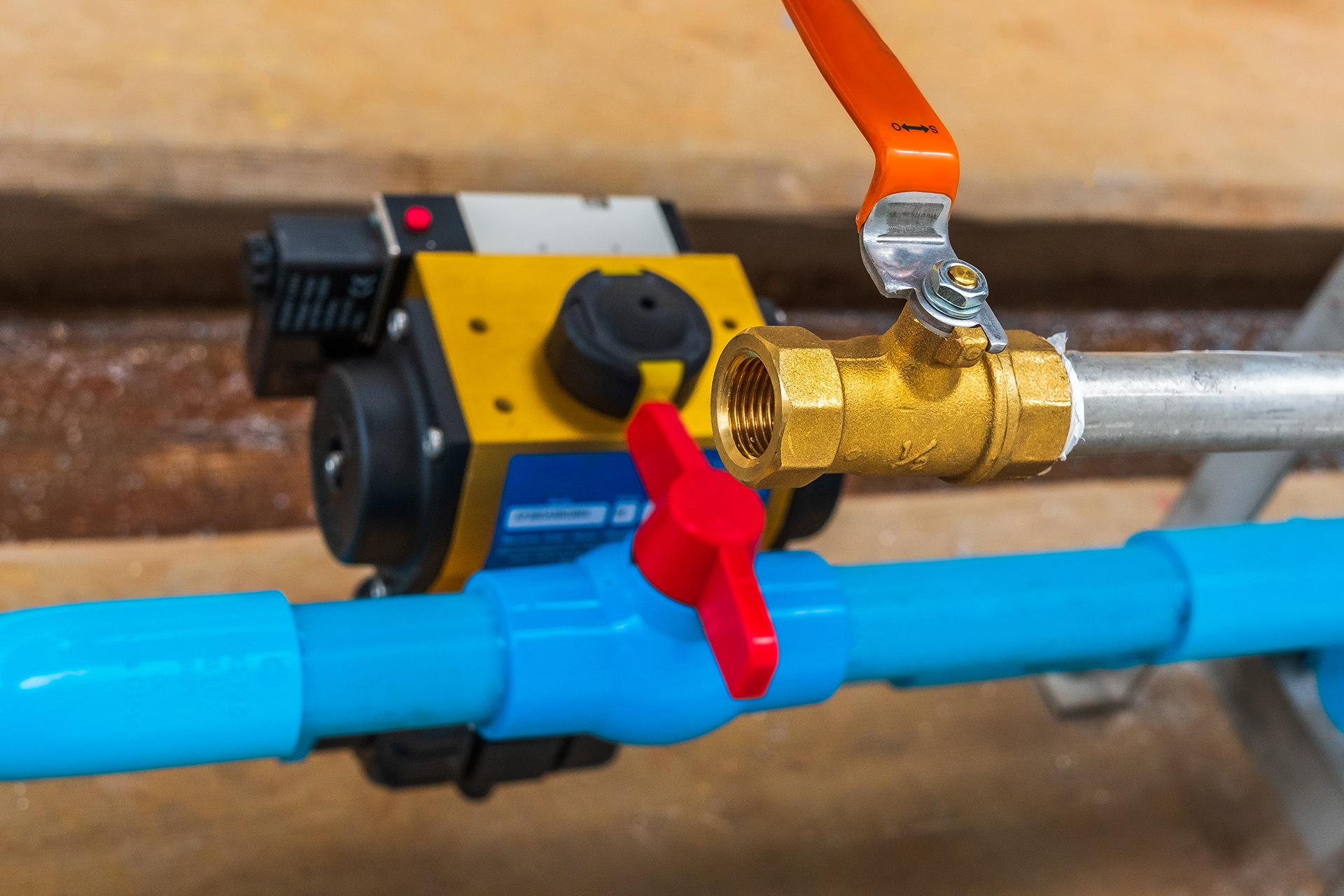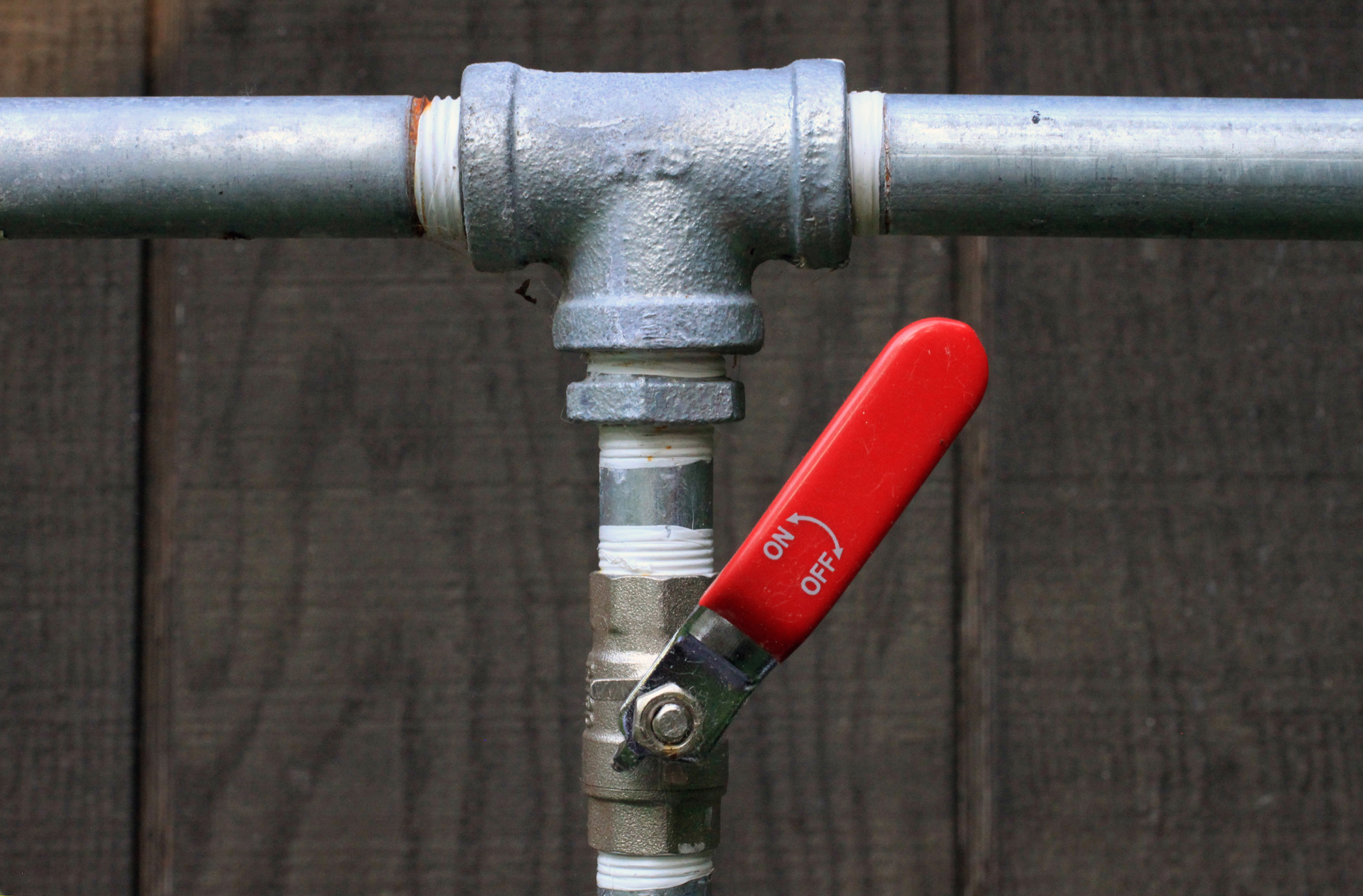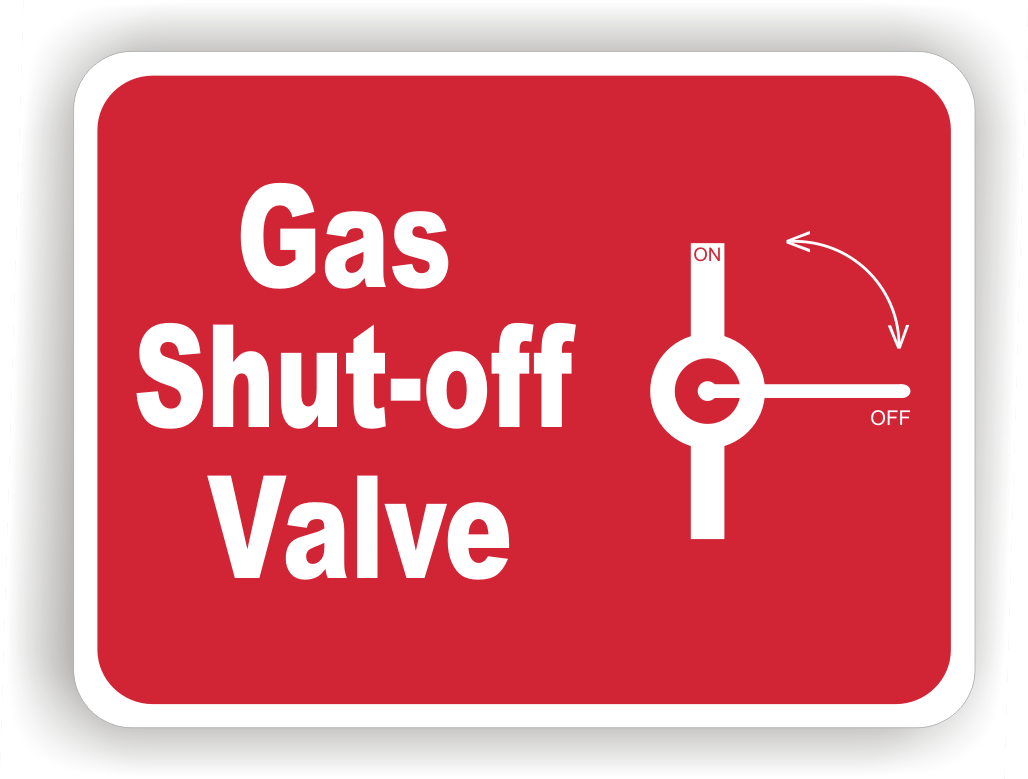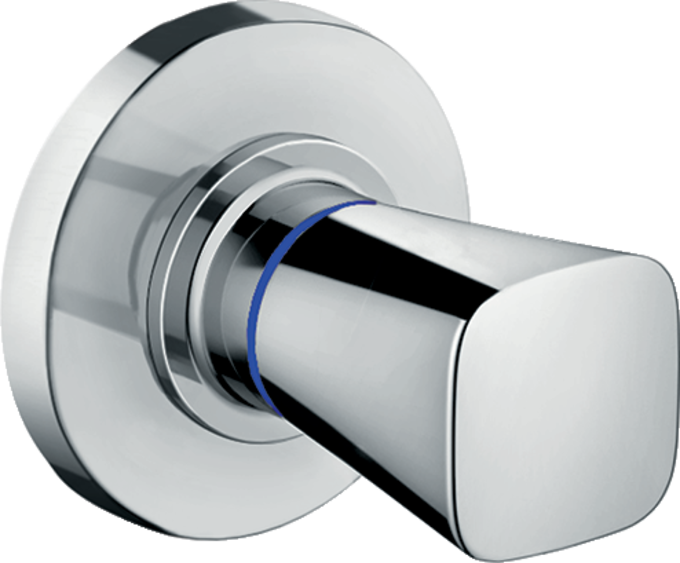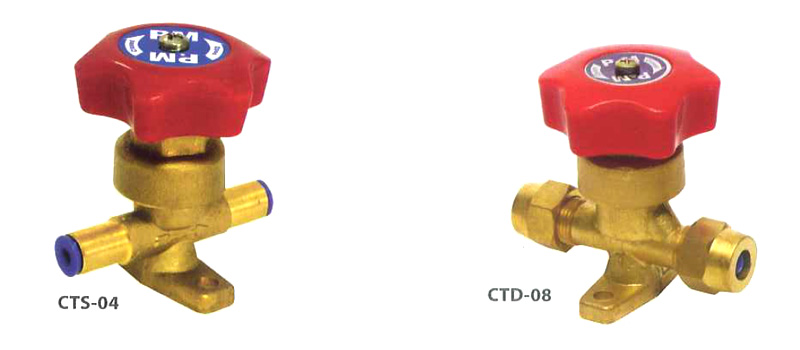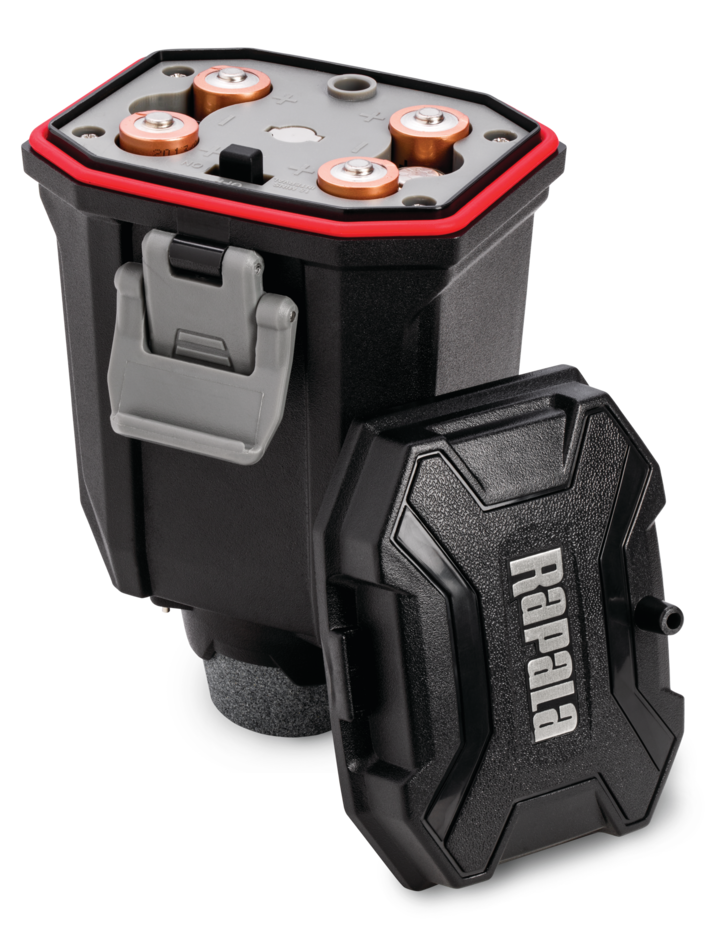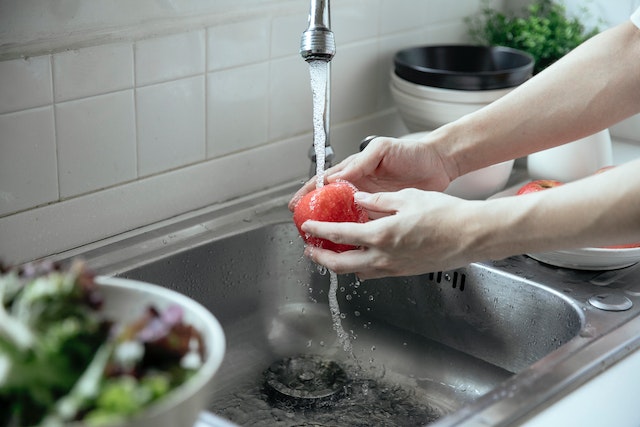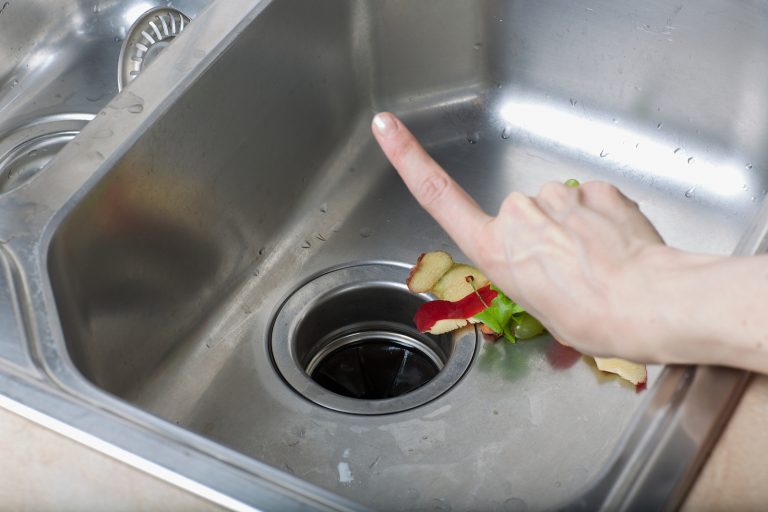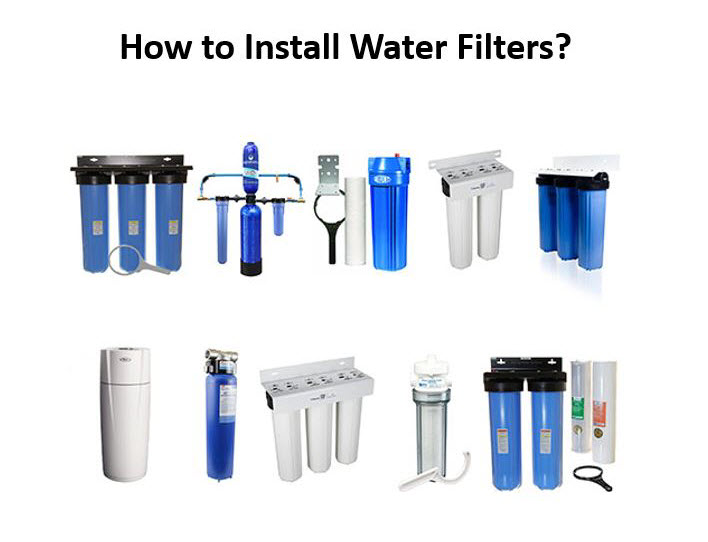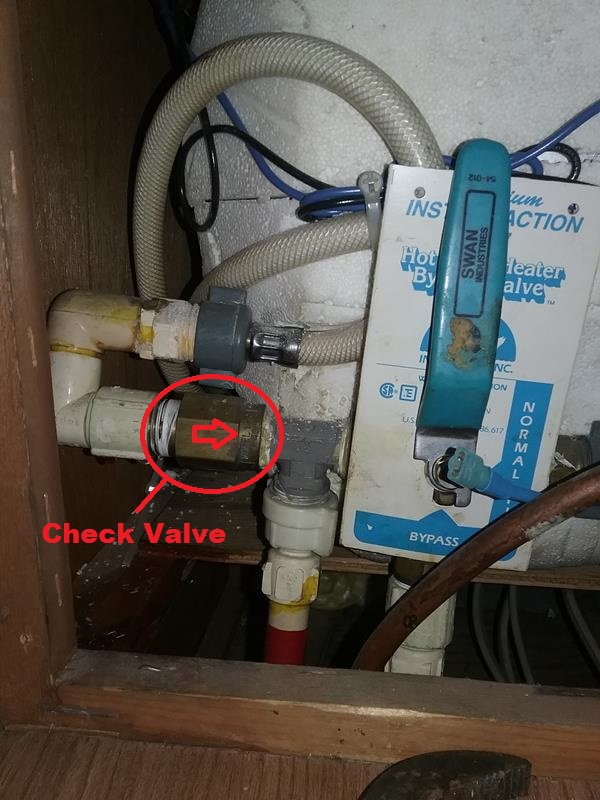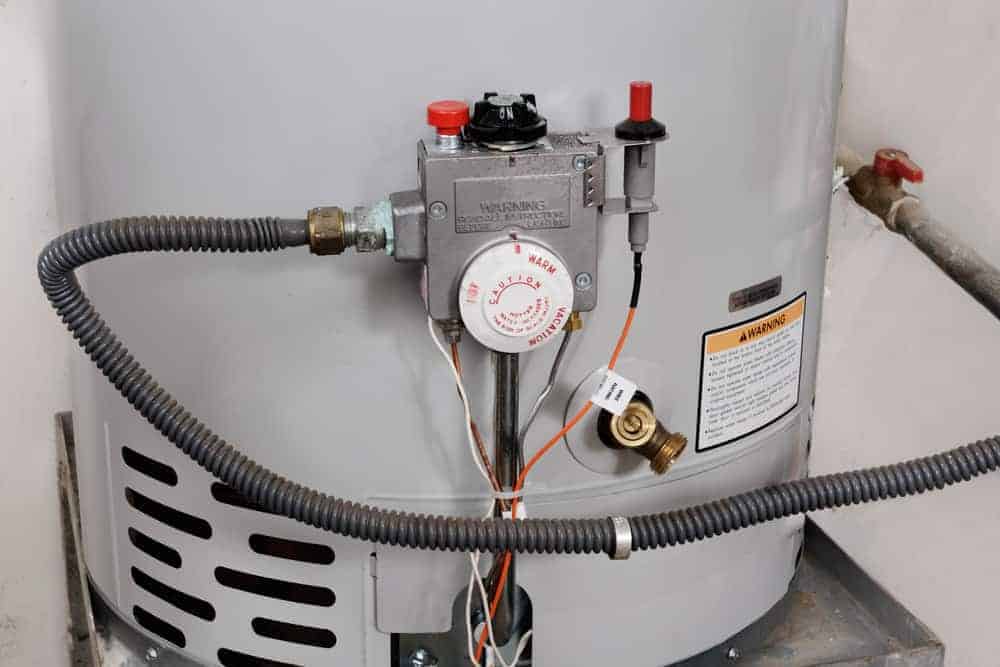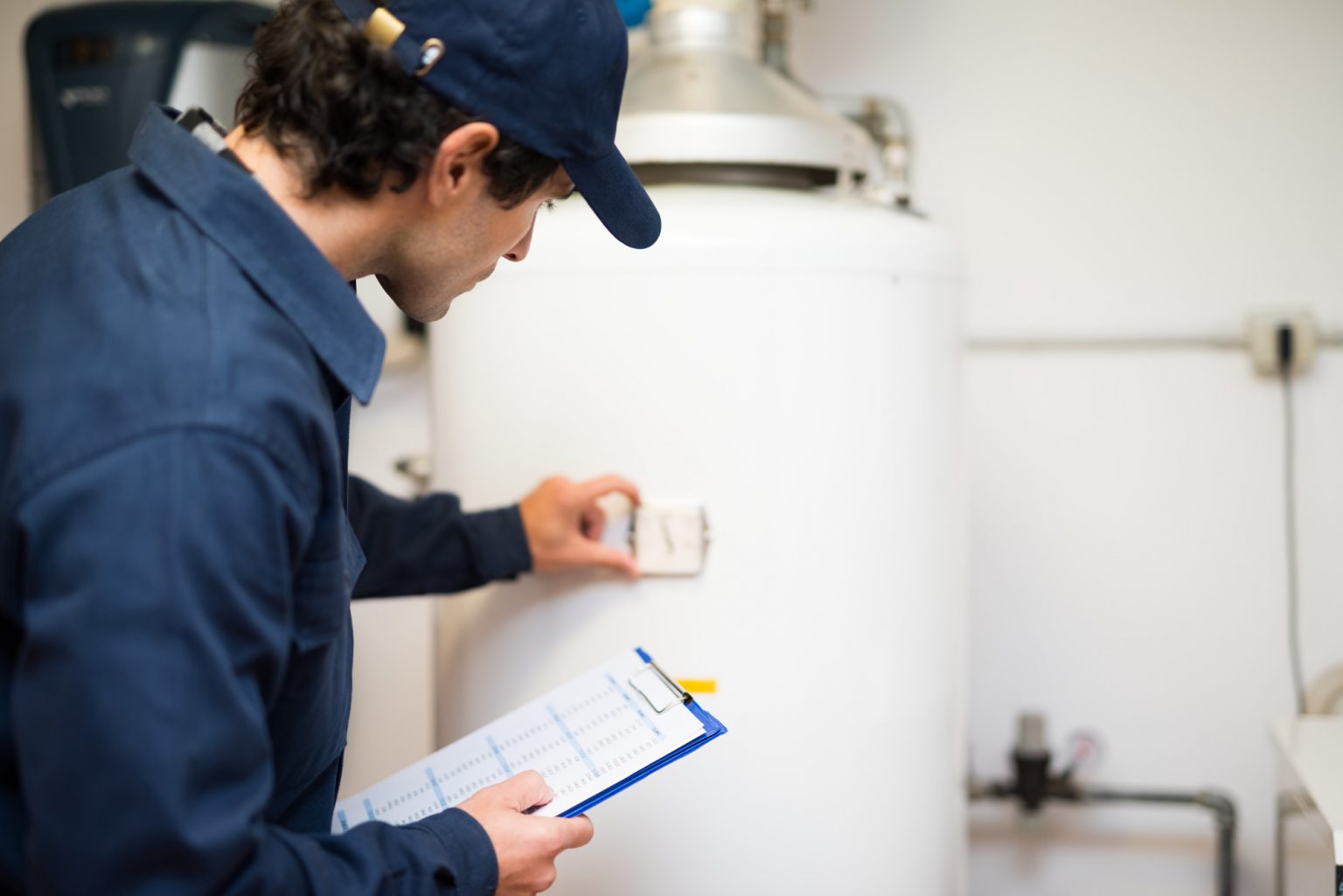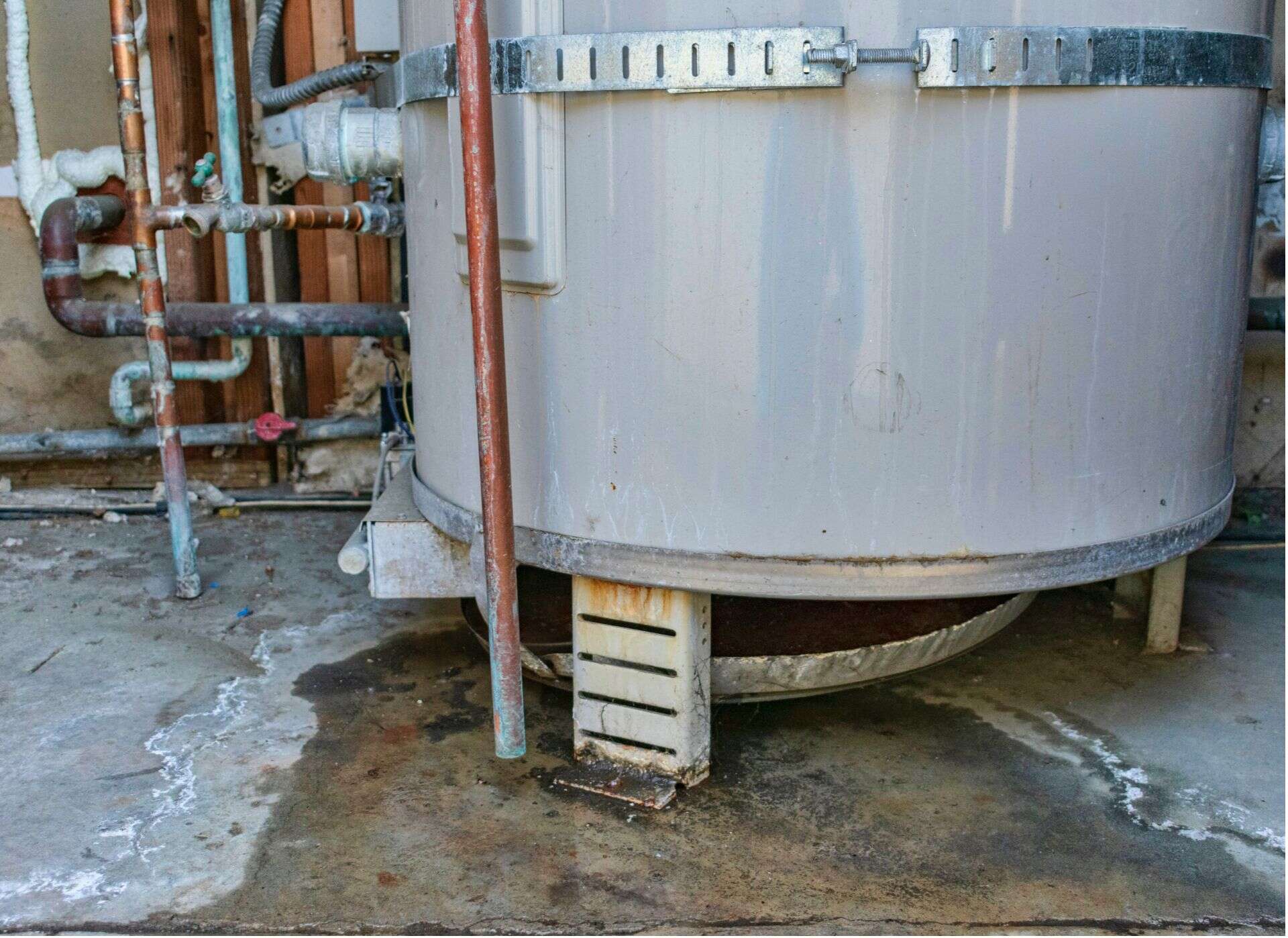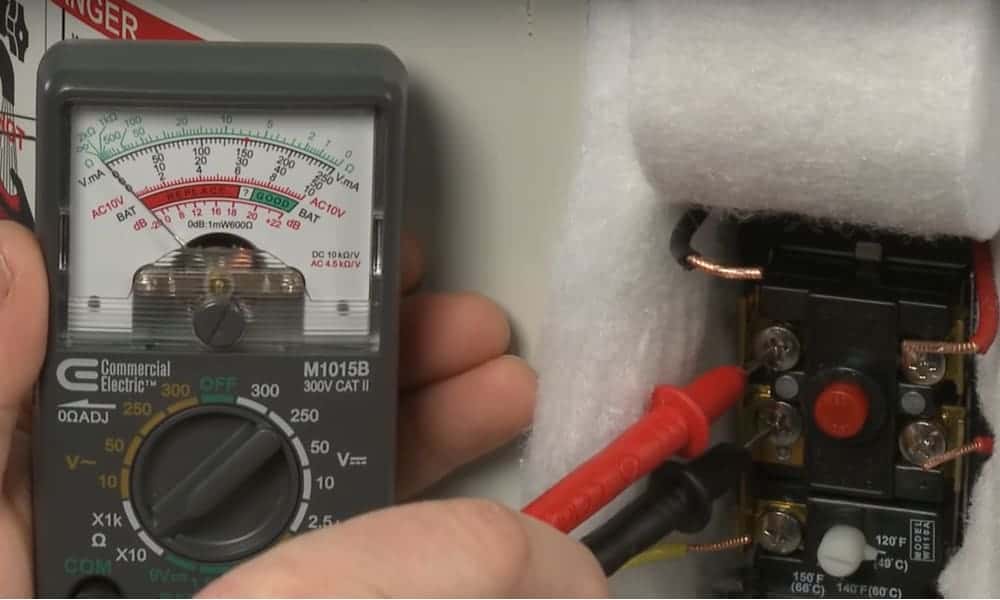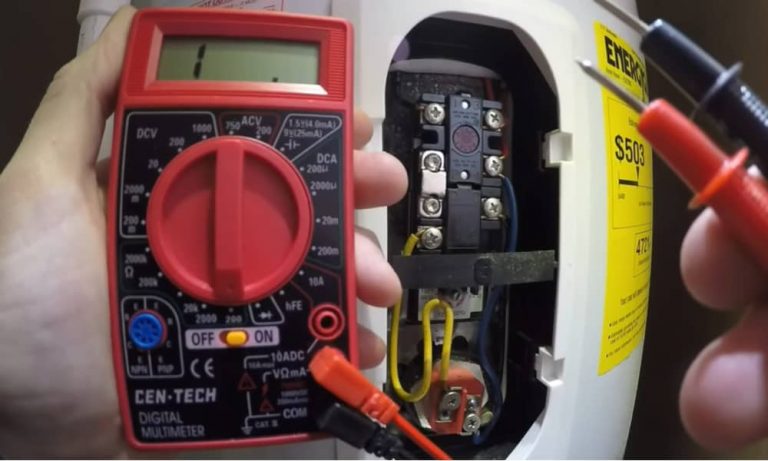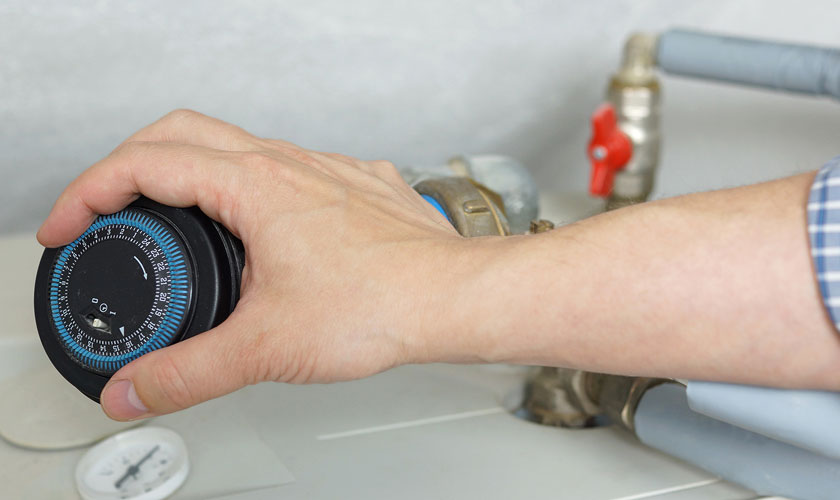If your kitchen sink suddenly has no water, the first thing you should do is check the water supply. Make sure that the main water valve is turned on. If it is, then check the water meter to see if there are any leaks or if the water is shut off for some reason. If the water supply seems to be fine, then move on to the next step.Check the water supply
The next thing to check is the faucet itself. Make sure that it is fully open and not partially closed. Also, check for any visible damage or rust that could be causing a blockage. You can also try gently tapping the faucet to see if it dislodges any potential clogs.Check the faucet
If the faucet seems to be functioning properly, then the issue may lie within the pipes. Check for any visible damage or leaks that could be causing a disruption in the water flow. You can also try running water through other faucets in the house to see if the issue is isolated to just the kitchen sink.Check the pipes
Low water pressure can also be a reason for a lack of water in the kitchen sink. Check the water pressure in other faucets and if it seems to be low throughout the house, then the issue may be with the main water supply. However, if the water pressure is only low in the kitchen sink, then there may be a clog or blockage in the pipes.Check the water pressure
Another potential culprit for no water in the kitchen sink is a shut-off valve. This valve is usually located under the sink and can accidentally get turned off, cutting off the water supply to the faucet. Check to make sure that the shut-off valve is fully open.Check the shut-off valve
The aerator is a small mesh screen at the end of the faucet that helps regulate the water flow. Over time, it can become clogged with debris and mineral deposits, causing a decrease in water pressure or no water at all. Try cleaning the aerator with a toothbrush and vinegar to see if it improves the water flow.Check the aerator
If your kitchen sink is equipped with a garbage disposal, it could be the source of the problem. Check to see if it is running and functioning properly. If it is not, then it may be causing a blockage in the pipes and preventing water from flowing through.Check the garbage disposal
If your kitchen sink has a water filter, it may be time to replace it. A clogged or old filter can decrease water flow and prevent water from reaching the faucet. Replace the filter and see if it improves the water flow.Check the water filter
If you only have a lack of hot water in your kitchen sink, the issue may be with the hot water heater. Check to see if the pilot light is on, and if not, relight it. If the pilot light is on, but there is still no hot water, then there may be an issue with the heater itself and it may need to be repaired or replaced.Check the hot water heater
If all else fails, then it may be time to check for clogs in the pipes. Use a plunger or plumbing snake to try and dislodge any potential clogs. If you are unable to clear the clog, then it may be best to call a professional plumber for assistance.Check for clogs
Kitchen Sink No Water: How to Troubleshoot and Fix the Issue
The Importance of a Functional Kitchen Sink
 The kitchen sink is an essential element in any household as it is used for various tasks such as washing dishes, preparing food, and even filling up pots for cooking. When the sink suddenly stops producing water, it can cause a major inconvenience and disrupt daily activities in the kitchen. There are several reasons why your kitchen sink may not be getting any water, and it is important to troubleshoot and fix the issue promptly to avoid further complications.
The kitchen sink is an essential element in any household as it is used for various tasks such as washing dishes, preparing food, and even filling up pots for cooking. When the sink suddenly stops producing water, it can cause a major inconvenience and disrupt daily activities in the kitchen. There are several reasons why your kitchen sink may not be getting any water, and it is important to troubleshoot and fix the issue promptly to avoid further complications.
Common Causes of a Kitchen Sink with No Water
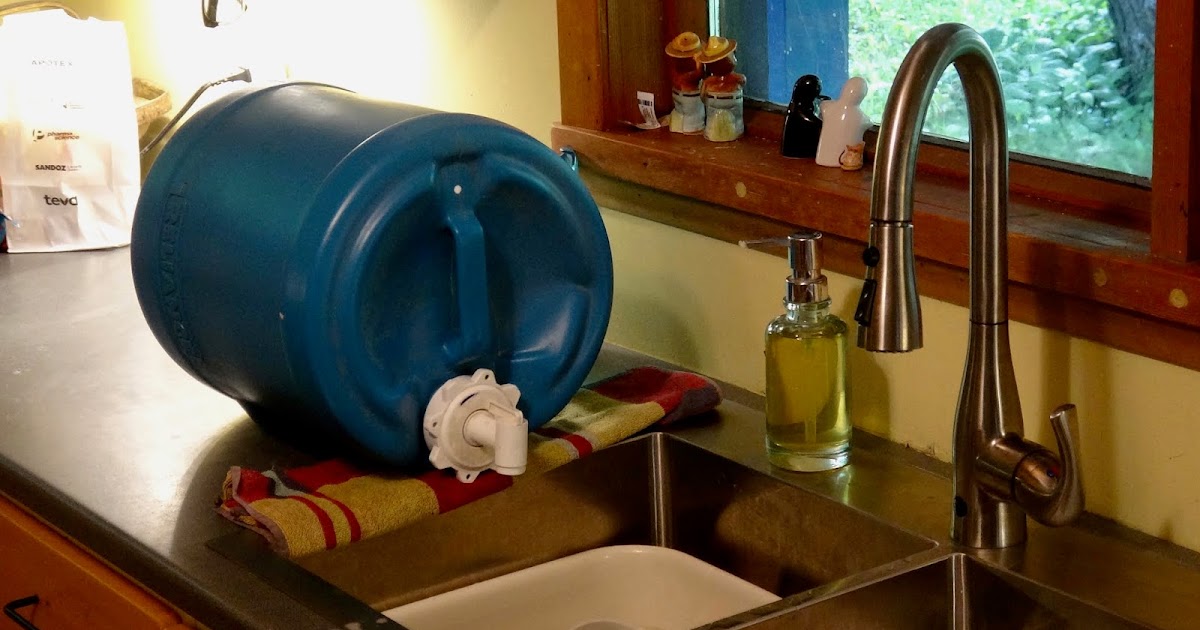 One of the most common reasons for a kitchen sink with no water is a clogged or blocked faucet aerator. This is a small mesh screen that is attached to the end of the faucet and helps to distribute the water evenly. Over time, debris and mineral deposits can build up in the aerator, causing a blockage and preventing water from flowing through. Another possible cause could be a faulty or malfunctioning shut-off valve under the sink, which may have been accidentally turned off or broken. In some cases, a frozen pipe or a water main break in the area can also lead to a lack of water in the kitchen sink.
One of the most common reasons for a kitchen sink with no water is a clogged or blocked faucet aerator. This is a small mesh screen that is attached to the end of the faucet and helps to distribute the water evenly. Over time, debris and mineral deposits can build up in the aerator, causing a blockage and preventing water from flowing through. Another possible cause could be a faulty or malfunctioning shut-off valve under the sink, which may have been accidentally turned off or broken. In some cases, a frozen pipe or a water main break in the area can also lead to a lack of water in the kitchen sink.
Troubleshooting and Fixing the Issue
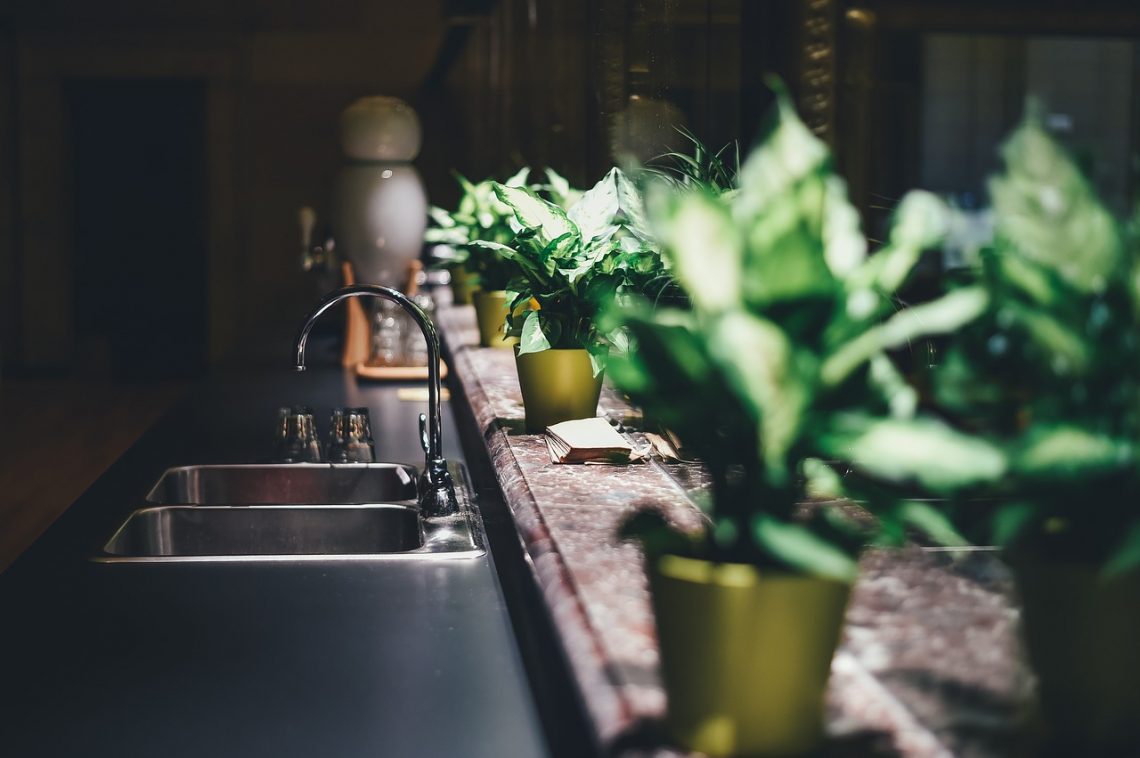 To troubleshoot and fix a kitchen sink with no water, start by checking the faucet aerator for any debris or mineral buildup. If there is a blockage, gently clean the aerator using a toothbrush and vinegar or a commercial cleaning solution. If the aerator is clean, check the shut-off valve under the sink to ensure it is fully open. If the valve is closed or broken, it will need to be replaced. If these solutions do not work, it is best to contact a professional plumber to check for any underlying issues such as frozen pipes or a water main break.
To troubleshoot and fix a kitchen sink with no water, start by checking the faucet aerator for any debris or mineral buildup. If there is a blockage, gently clean the aerator using a toothbrush and vinegar or a commercial cleaning solution. If the aerator is clean, check the shut-off valve under the sink to ensure it is fully open. If the valve is closed or broken, it will need to be replaced. If these solutions do not work, it is best to contact a professional plumber to check for any underlying issues such as frozen pipes or a water main break.
Preventing Future Issues
 To prevent a kitchen sink with no water in the future, it is important to regularly clean and maintain the faucet aerator. This will help to avoid any blockages and ensure a steady flow of water. It is also a good idea to periodically check the shut-off valve and make sure it is functioning properly. In colder climates, it is important to insulate exposed pipes to prevent them from freezing and causing a lack of water in the kitchen sink.
To prevent a kitchen sink with no water in the future, it is important to regularly clean and maintain the faucet aerator. This will help to avoid any blockages and ensure a steady flow of water. It is also a good idea to periodically check the shut-off valve and make sure it is functioning properly. In colder climates, it is important to insulate exposed pipes to prevent them from freezing and causing a lack of water in the kitchen sink.
In Conclusion
 A kitchen sink with no water can be a frustrating and inconvenient problem, but it is usually easy to troubleshoot and fix. By following the steps outlined in this article, you can identify the cause of the issue and take the necessary steps to resolve it. Regular maintenance and proper care of your kitchen sink can also help to prevent future problems and ensure a functional and efficient space in your home. Remember, if you are unable to troubleshoot and fix the issue on your own, it is always best to seek the help of a professional plumber.
A kitchen sink with no water can be a frustrating and inconvenient problem, but it is usually easy to troubleshoot and fix. By following the steps outlined in this article, you can identify the cause of the issue and take the necessary steps to resolve it. Regular maintenance and proper care of your kitchen sink can also help to prevent future problems and ensure a functional and efficient space in your home. Remember, if you are unable to troubleshoot and fix the issue on your own, it is always best to seek the help of a professional plumber.
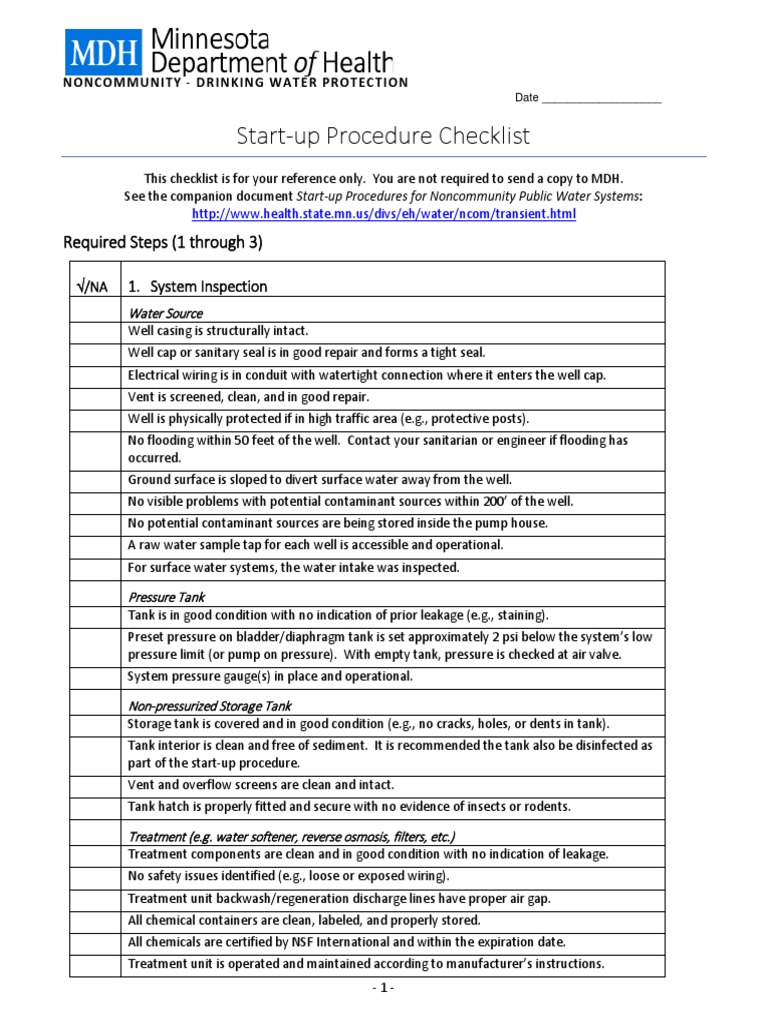


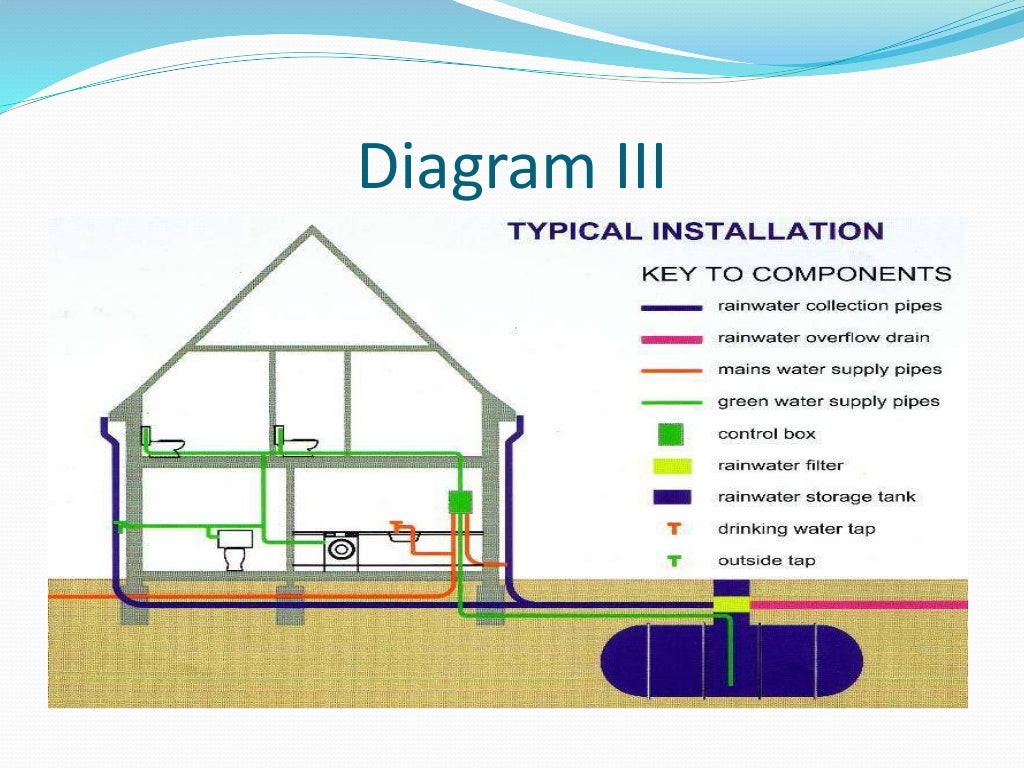





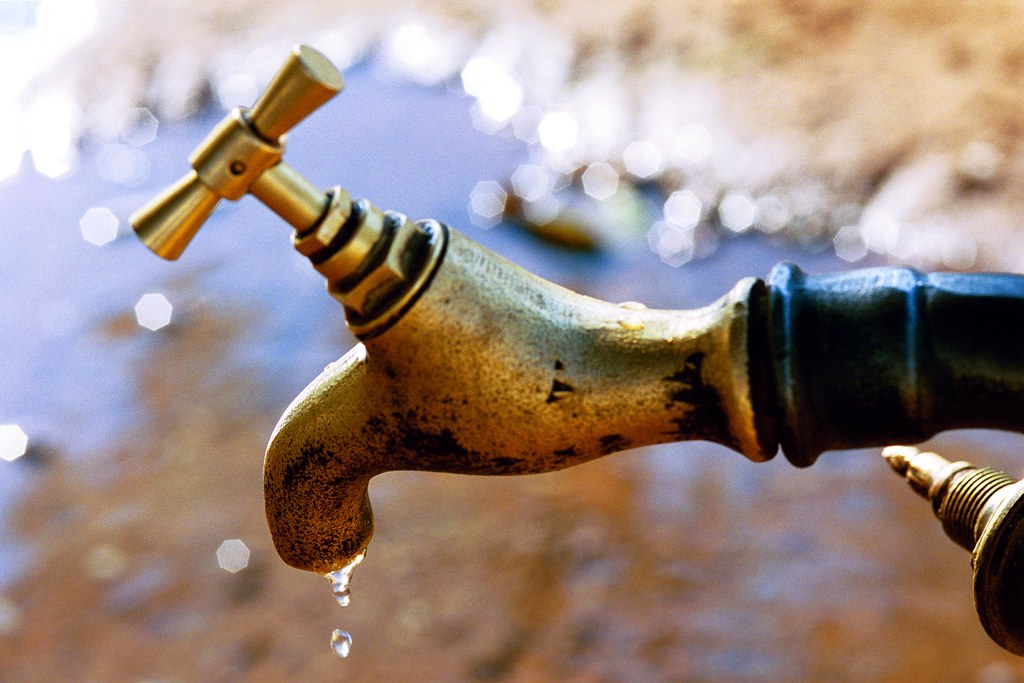
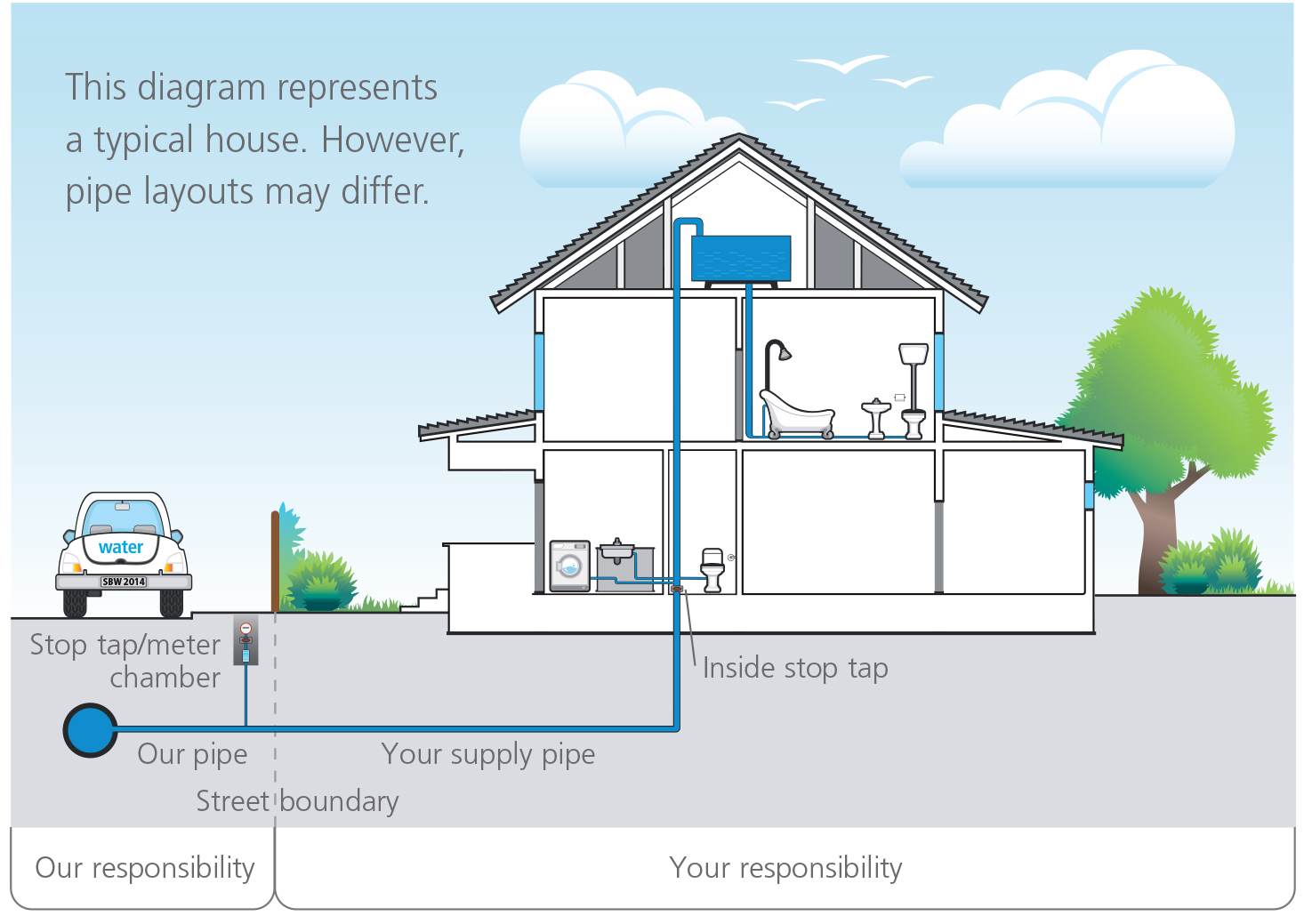




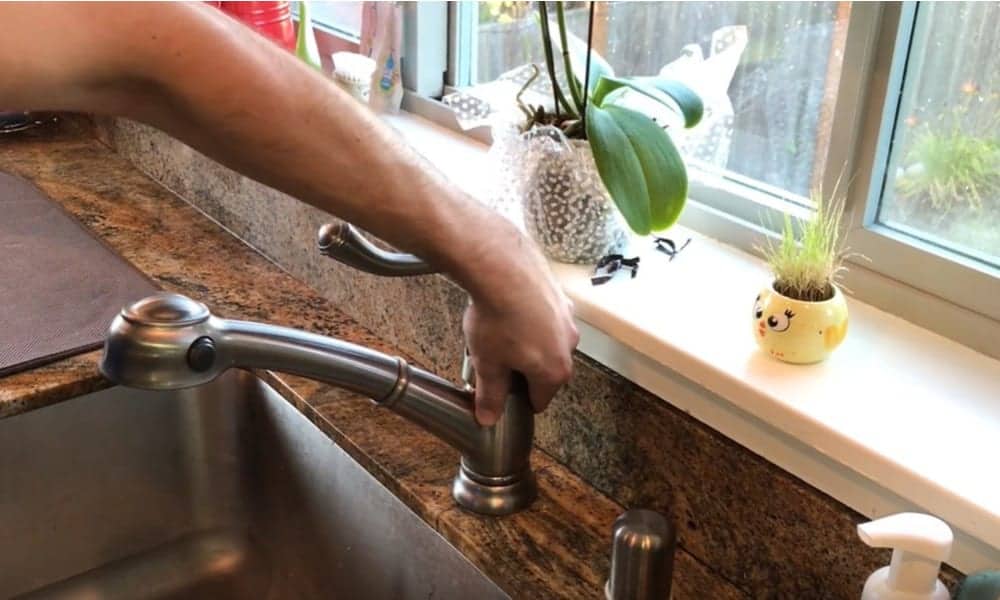



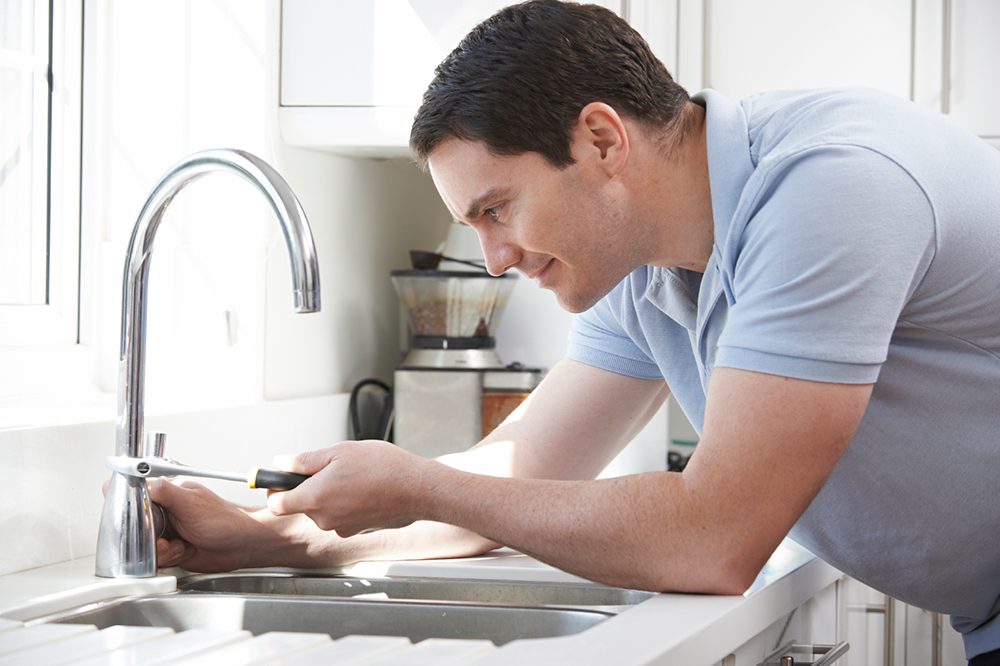

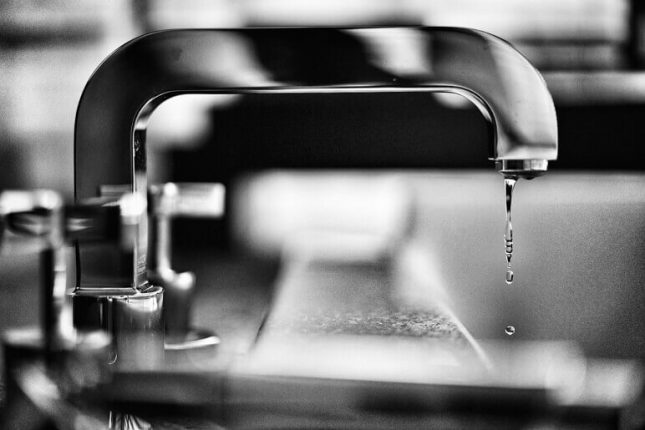




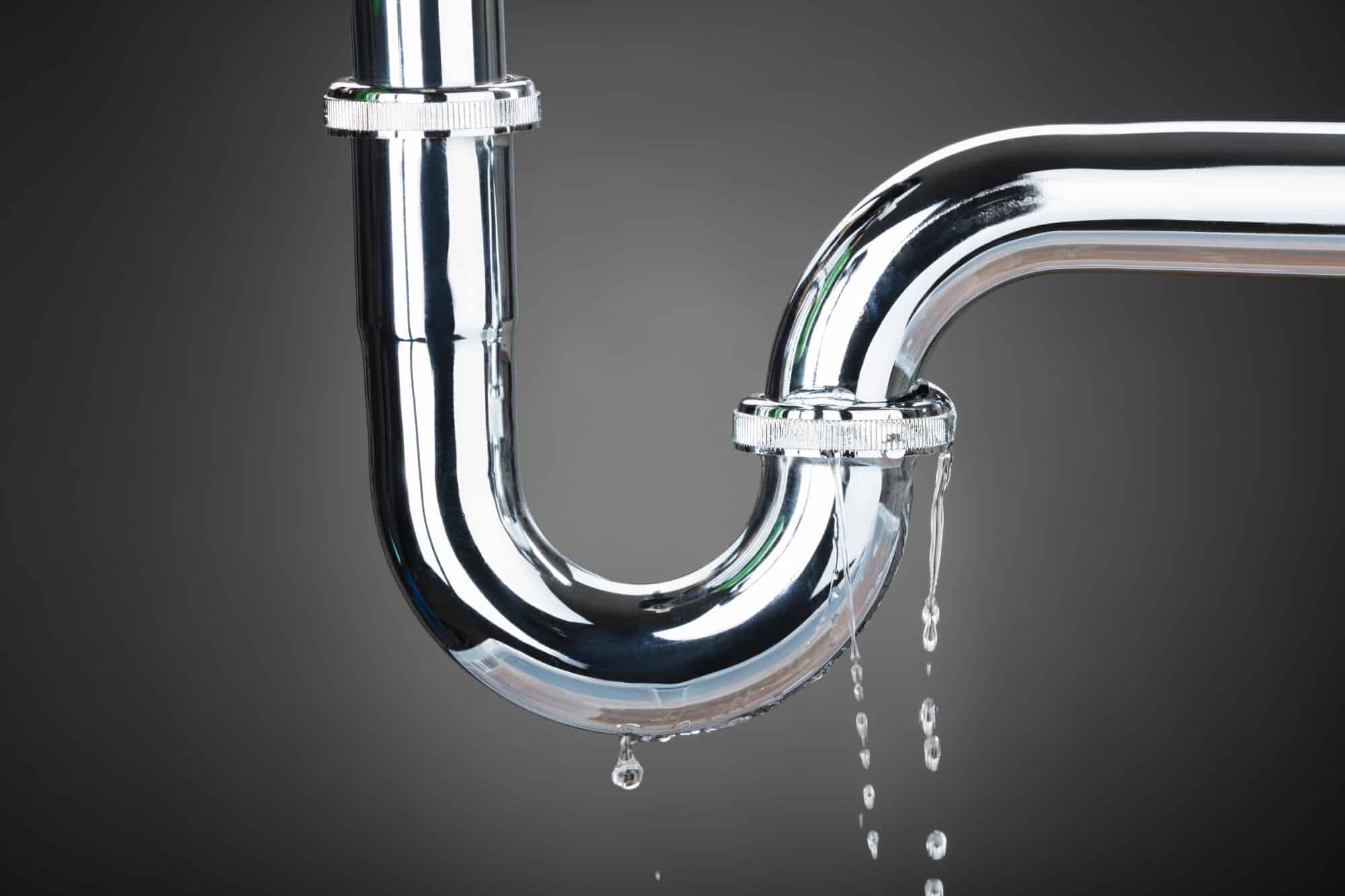


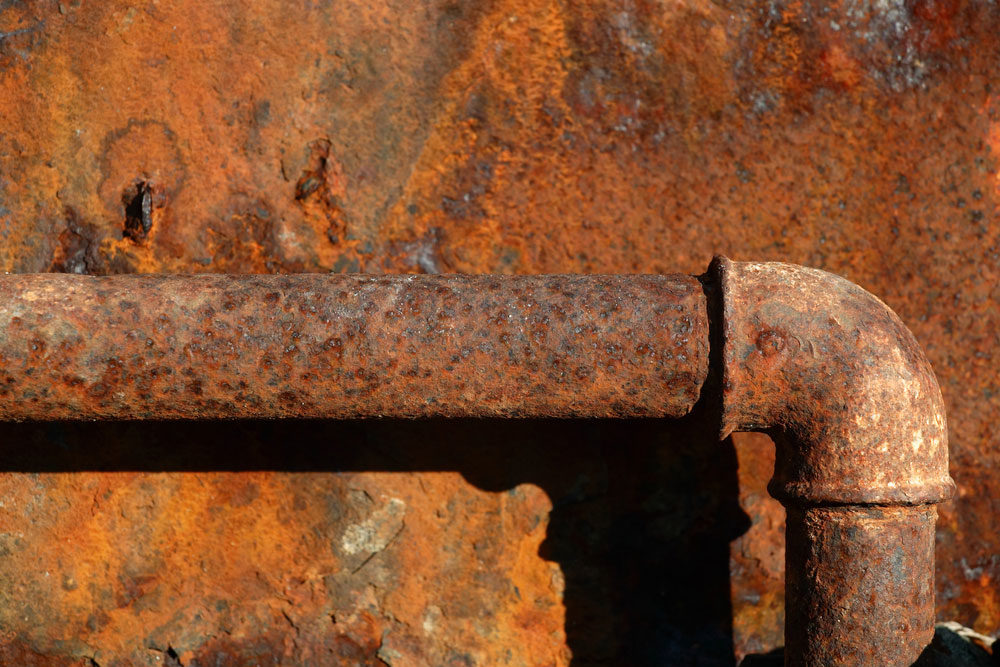





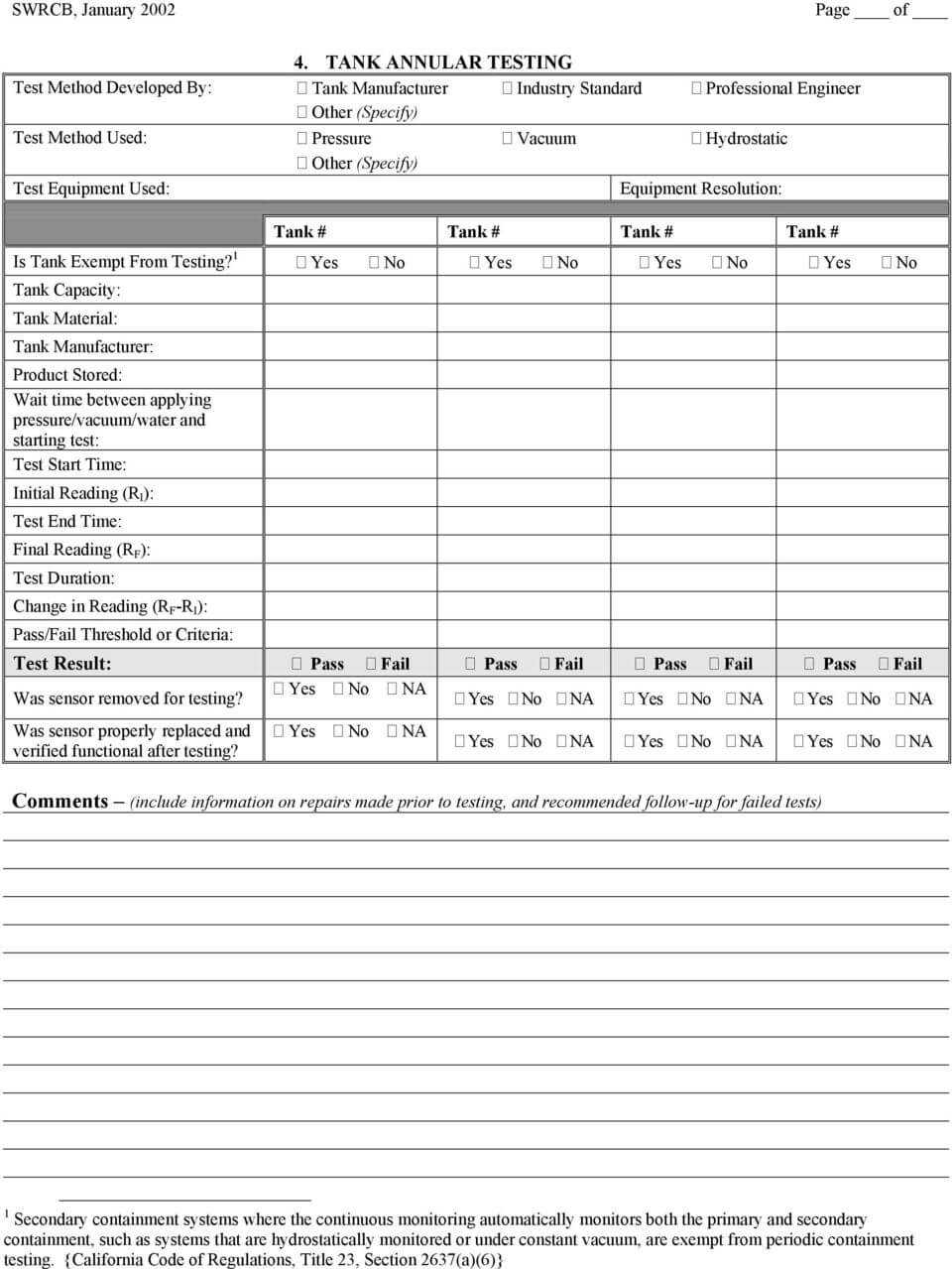
/93097679-56a73c295f9b58b7d0e81657.jpg)
/testing-water-pressure-in-your-home-2718692-hero-98f45508ca5d44b6b551034ac5cedab5.jpg)
:max_bytes(150000):strip_icc()/testing-water-pressure-in-your-home-2718692-04-c37ab3236d0d4b61b87079ebf9ef823e-c1e1ef0104fb44778a287bd9bb5ec140.jpeg)

:max_bytes(150000):strip_icc()/the-men-s-hand-opens-the-ball-valve-on-the-collector-1006810456-5c5fc73fc9e77c000159c4af.jpg)

